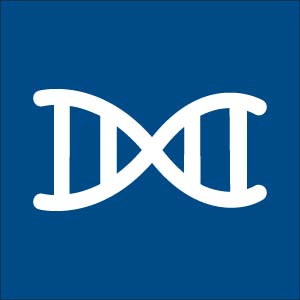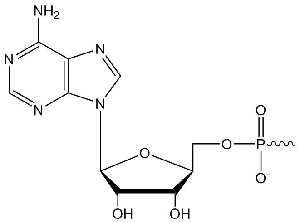Quick facts:
Availability: DNA
Location: 5'
Scales: 100 nmol–10 µmol
Purification: HPLC required
IDT
Ordering symbol: /5rApp/
Creating direct substrates for T4 RNA ligase
Two single-stranded nucleic acid fragments can be covalently linked (ligated) by T4 RNA ligase. In the presence of ATP, ligase adenylates the 5’ end of single-stranded nucleic acids, which can then be ligated to the 3’ OH of other single-stranded sequences. However, when ATP is absent, synthetically adenylated oligonucleotides act as direct substrates for T4 RNA ligase, with the pyrophosphate linkage providing the energy required for the reaction and eliminating the need for ATP [1]. IDT custom synthesizes adenylated oligonucleotides using the chemical adenylation method of Unrau and Bartel [2].
Adenylated oligo applications
Adenylated oligonucleotides can be used in numerous applications. These include miRNA library construction, next generation sequencing, 5’ end labeling, and ribosome assembly experiments.
Ordering adenylated oligos
To add 5’ adenylation to an oligonucleotide order, select 5’ Adenylation from the 5’ mods tab on the oligo entry page. Note that this modification requires HPLC purification, and a 3’ blocking group to prevent oligonucleotide circularization. Preferred blocking groups are C3 Spacer (/3SpC3/) or Dideoxy-C (/3ddC/).


 Processing
Processing


